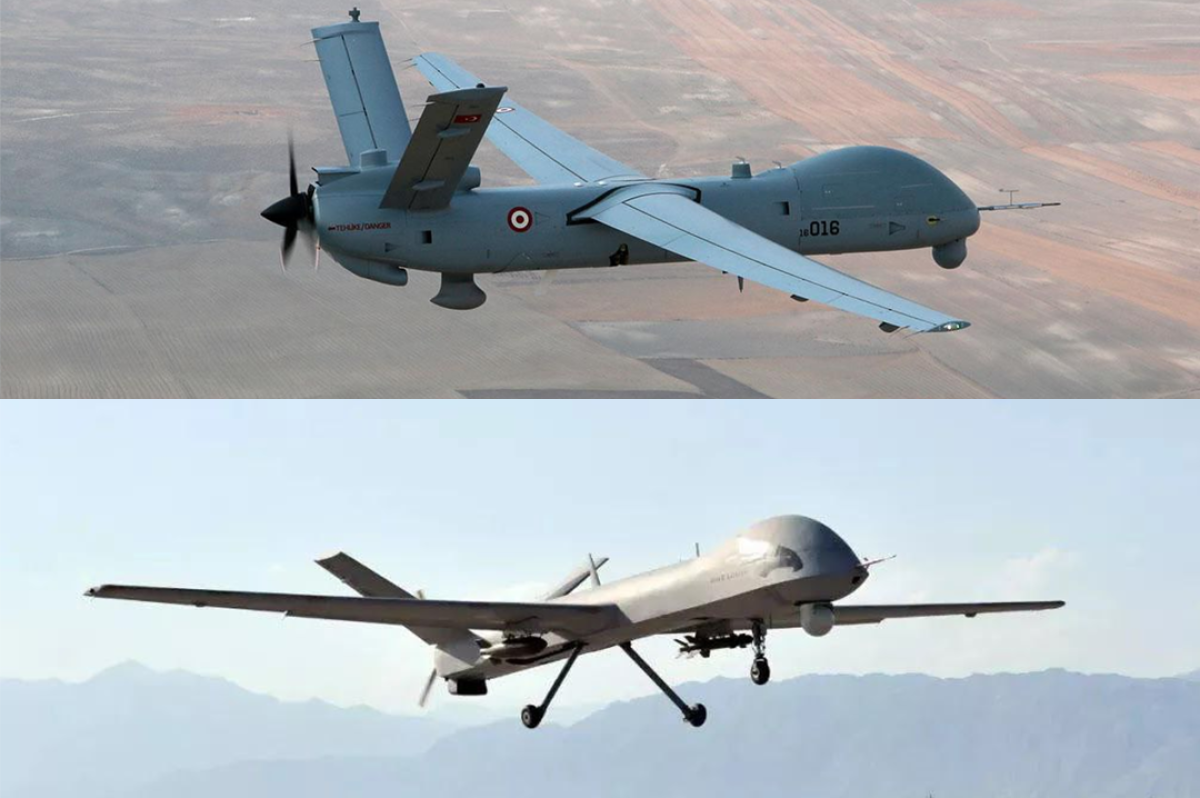Based on technical characteristics- WingLoong and Anka are two entirely different UAVs

Unmanned aerial vehicles (UAVs) have become indispensable assets in contemporary military operations. Sarbaz.kz has conducted a comparison between two UAVs: CAIG WingLoong, developed by China, and TAI ANKA, produced by Turkey.
The former is in service with the Armed Forces of Kazakhstan, while the latter is still undergoing testing. These systems possess distinctive features and capabilities, each adapted to specific tasks and operational requirements.
Describing the difference between WingLoong and ANKA for Sarbaz.kz, Lieutenant Colonel Aslan Zhylykshinov, the commander of the UAV aviation squadron, characterized them as two entirely different UAVs. The primary difference lies in their software. According to Zhylykshinov, due to WingLoong being an older UAV, it operates on outdated software, whereas ANKA boasts more detailed control functions. Each control element in ANKA has its backup, ensuring redundancy in case of a control failure.
“In simpler terms, WingLoong is akin to an iPhone 3, whereas ANKA is akin to an iPhone 13 ProMax,” – the serviceman compares.
WingLoong is a versatile UAV designed for a multitude of tasks. It is renowned for its adaptability, making it a popular choice for various military missions. Equipped with advanced sensors and optics, it excels in tasks such as surveillance, reconnaissance, and even precision strikes. Depending on the variant, it can be armed with guided munitions for pinpoint aerial attacks.
ANKA, on the other hand, specializes in reconnaissance, observation, reconnaissance, and target designation (ISTAR) missions. Its primary focus is on long-term observation and data collection. Some ANKA versions can be configured for electronic warfare, effectively disrupting the enemy's communications and radar systems. It can also serve as a communication relay platform.
WingLoong has a maximum takeoff weight of 100 kilograms and can stay aloft for up to 20 hours, providing extended mission capabilities. The UAV can reach speeds of up to 280 km/h, enabling rapid response.
ANKA, with a payload capacity of approximately 200 kg, offers remarkable endurance, with some versions capable of flying for up to 30 hours. Its maximum speed is 217 km/h.
Both UAVs can be armed with a range of weaponry, from air-to-ground missiles to bombs. However, as per Lieutenant Colonel Zhylykshinov, the UAVs in the Kazakh army specialize in one type of armament.
For instance, the WingLoong-1 in Kazakh service is equipped with rockets. These are likely the 90mm guided BRM-1 rockets. BRM-1 employs semi-active laser guidance, has a range of 8 km, and weighs 16.8 kg. It can engage certain aircraft, such as low-flying UAVs, and can be used to attack concentrations of infantry, armored vehicles, and high-value targets like air defense systems and artillery.
Moreover, during recent exercises, a new suspension system for the Chinese UAV was tested. It allows the UAV to carry external armaments, including regular mortar mines suspended from its wings. According to Aslan Zhylykshinov, the suspension demonstrated excellent results during the "Combat Cooperation-2023" aviation exercises.
"During the exercises, mortar mine dummies were used. The dispersion radius was only 30 meters under the specified weather conditions, which is a very good result. The suspension successfully passed all tests," shared the UAV aviation squadron commander.
ANKA, on the other hand, is equipped with laser-guided ROKETSAN MAM bombs. Turkish UAVs use two types of ammunition: MAM-C and MAM-L. These bombs employ semi-active laser guidance and have various warhead options, from fragmentation to armor-piercing. The application range for MAM-C is 8 km, while for MAM-L, it is 15 km.
Aslan Zhylykshinov believes that comparing these UAVs may not be entirely fair, as WingLoong-1, which is in service with the Kazakh army, is an older model compared to ANKA, despite proving itself as a reliable asset during its service.